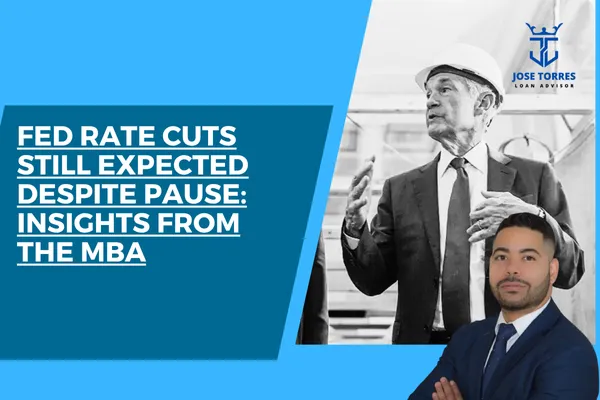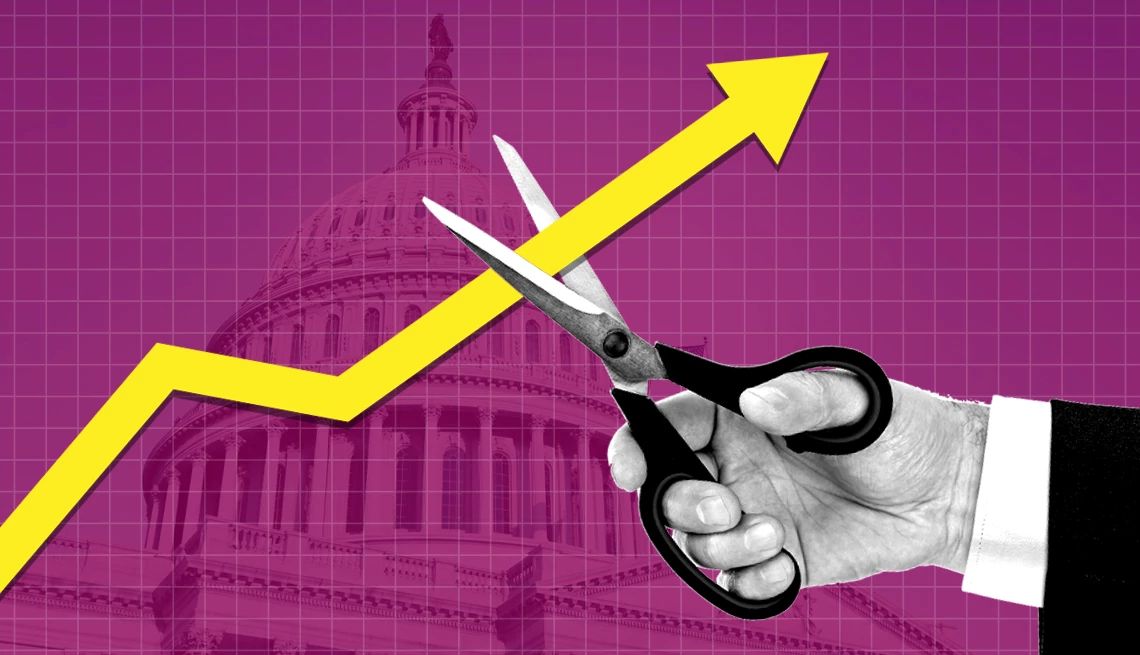My Latest Posts

Fed Rate Cuts Still Expected Despite Pause: Insights from the MBA

Fed Rate Cuts Still Expected Despite Pause: What It Means for Homebuyers
The Mortgage Bankers Association (MBA) has reaffirmed its forecast that interest rate cuts are still coming in 2025–2026, even after the Federal Reserve decided to hold rates steady at its most recent meeting.
Key Takeaways
The Fed voted 9–2 to keep rates at 4.25%–4.50%, marking the third consecutive pause.
Two Fed governors (Bowman and Waller) dissented, pushing for an immediate 0.25% rate cut due to concerns about a weakening labor market.
MBA Chief Economist Mike Fratantoni said that while growth has slowed, inflation and jobs data have kept most Fed officials cautious.
The MBA still projects two rate cuts in 2025 and one in 2026—but don’t expect a big drop in mortgage rates.
Mortgage rates may only decline modestly, with the MBA forecasting 30‑year rates around 6.5%, limited by high Treasury debt and budget deficits.
Why the Fed Hit Pause
Fed Chair Jerome Powell emphasized that no decision has been made for September and that upcoming jobs and inflation data will drive the next move. This cautious stance caused markets to reduce their expectations for an early rate cut.
Adding to the uncertainty:
Internal divisions: Two dissenting votes highlight growing debate within the Fed.
Tariff-driven inflation: New trade tariffs could keep prices higher for longer.
Mixed economic data: GDP rebounded in Q2, but underlying demand has slowed—adding pressure for the Fed to act later this year.
What This Means for Mortgage Rates
For homebuyers and homeowners:
Don’t expect a dramatic rate drop overnight.
MBA expects slight rate relief but believes long-term rates will stay higher than many hope because of government borrowing and persistent inflation risks.
Buyers who are waiting for rates to “crash” may be waiting a while—realistic expectations are key.
Bottom Line
The Fed is likely to cut rates—but not yet. The MBA’s forecast suggests measured, gradual cuts beginning late 2025, not the aggressive rate-slashing some are hoping for. If you’re buying or refinancing, now is the time to focus on strategies like seller credits, buydowns, and negotiating closing costs, rather than waiting for a rate drop that might not come soon.
💡 Pro Tip for Buyers and Investors: Stay ready. Watch jobs and inflation data closely—these will be the triggers for any rate movement.

